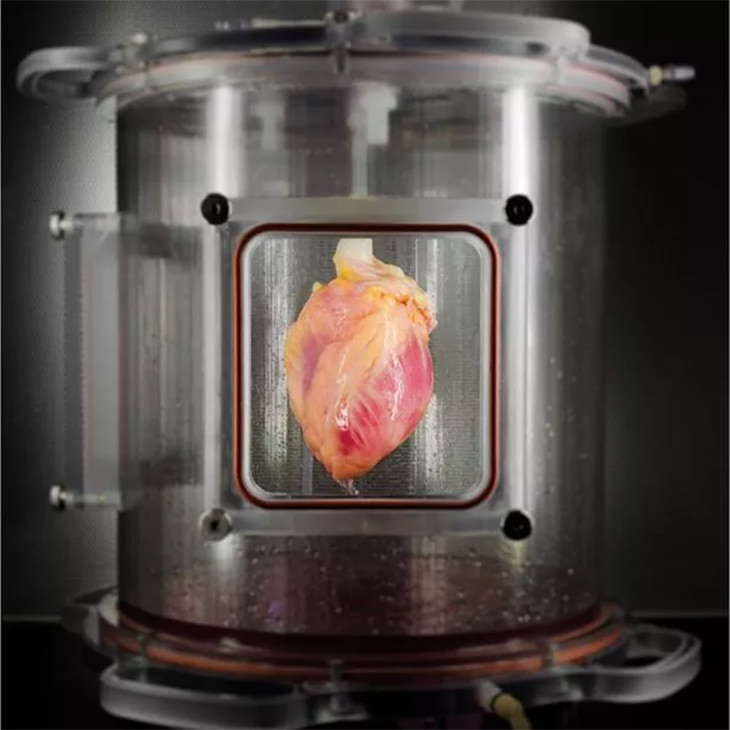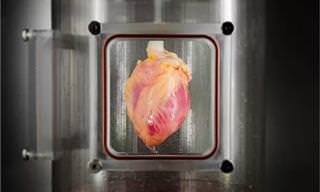Scientists are close to gaining the ability to grow full-sized, beating human hearts from stem cells, which is fantastic news for the thousands of people around the world who are waiting patiently for a heart transplant.
In the United States alone, there are currently some 4,000 people waiting for a heart transplant, but only some 2,500 of them will actually receive one in the next year. In addition, there’s the substantial risk of the heart being rejected by the patient’s body during the transplant due to the reaction against foreign cells.
As a result, researchers have been hard at work creating synthetic organs from the patients’ very own cells. A team of scientists from Massachusetts General Hospital and the Harvard Medical School is a step closer to its goal, thanks to using adult skin cells to regenerate functional human heart tissue.
The scientists haven’t quite reached the point of growing working hearts from patients’ own tissues, and that’s because organs have a particular architecture that needs to be adhered to. It’s relatively easy to do this in a laboratory using a scaffolding on which the cells can build – think of it as building a house with the frame already constructed.
Previously, the scientists managed to create a technique using a detergent solution to strip a donor organ of cells that might set off an immune response in the patient receiving a new heart. They tried the experiment on mice initially but then attempted to replicate their findings on human hearts.

Cells were stripped away from some 73 hearts that were deemed unfit for transplantation, then the researchers took adult skin cells and used a new technique with messenger RNA to turn them into pluripotent stem cells, the cells that can become specialized to any type of cell in the human body, and then induced them to become two different types of cardiac cells.
The next step involved ensuring that the remaining matrix would provide a strong foundation for new cells so that the induced cells could be placed into them. They infused the hearts with a nutrient solution for the next two weeks and allowed them to grow under similar forces that they would be exposed to inside the human body.
After the two weeks were up, the researchers observed that the synthetic hearts looked similar to immature natural hearts, and they even started beating when they gave them a shock of electricity.
This study isn’t the first time that heart tissue has been grown in a lab, but it’s the closest that researchers have ever come to their end goal, which is to grow an entire working human heart. The next step toward growing a whole heart would be to improve their yield of pluripotent stem cells, as well as finding a way to help said cells mature much more quickly. The ultimate goal is to be able to create tailor-made hearts for patients that need them, thus negating the risks associated with transplant rejection.
Content and image source
 Go to BabaMail
Go to BabaMail



















































